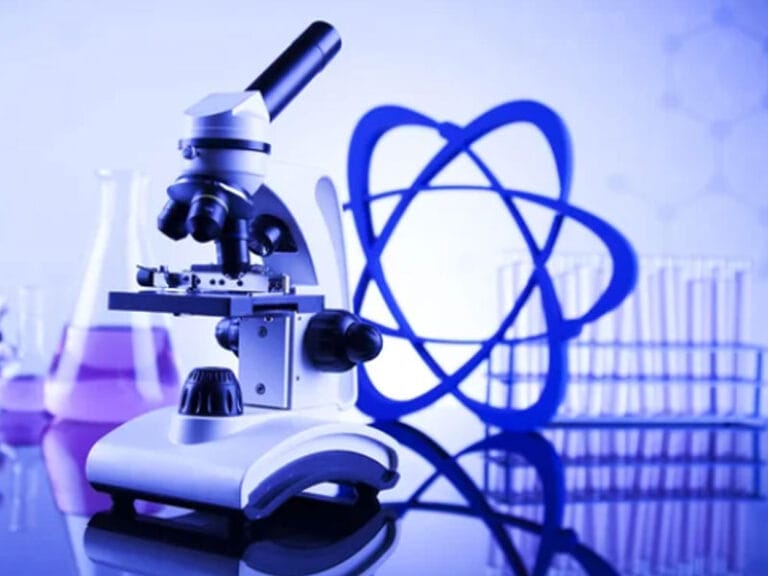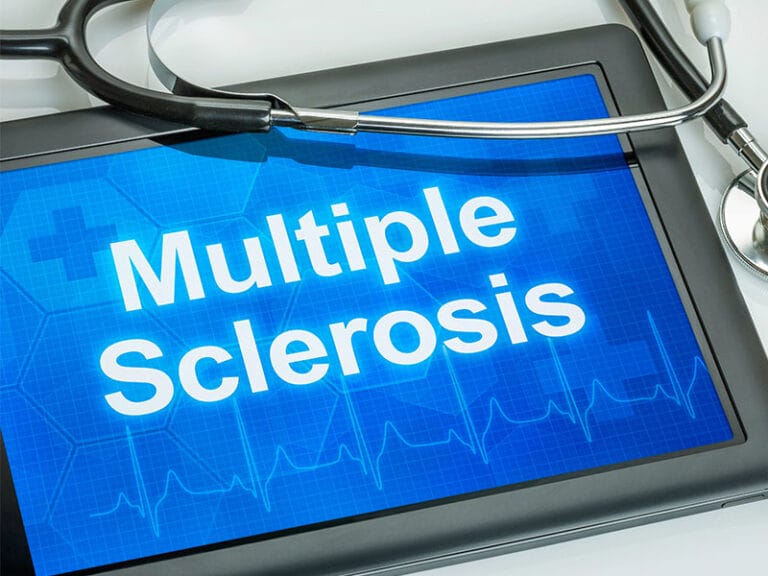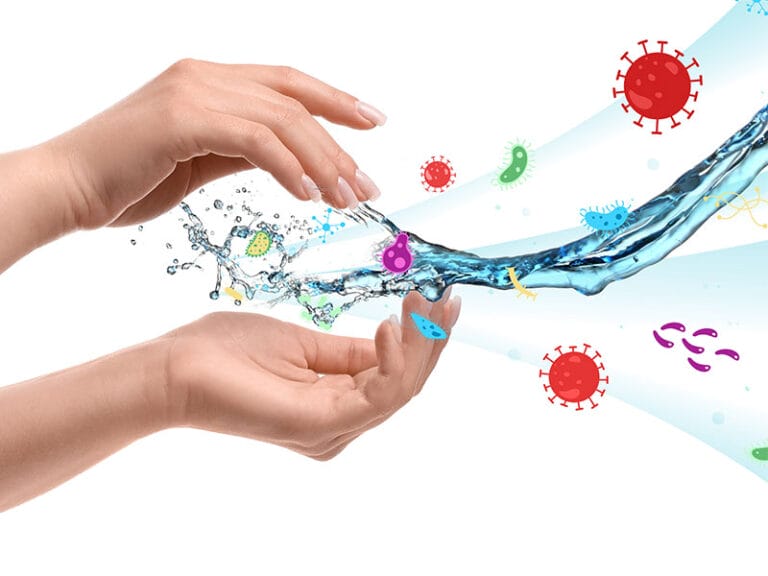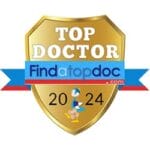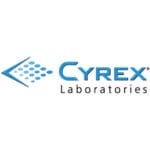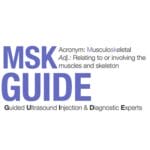Regenerative Medicine for Autoimmune Conditions
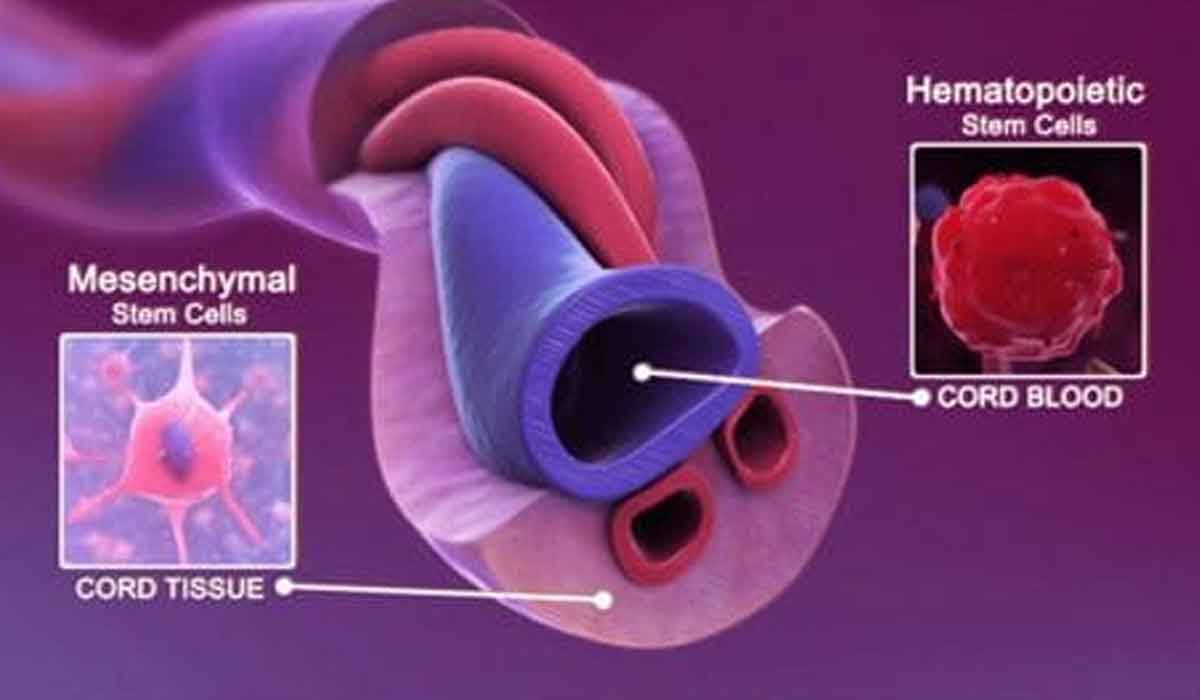
Living with an autoimmune condition often feels like being trapped in an endless cycle of medications, flare-ups, and side effects.
But what if there was a different path that doesn’t just mask your symptoms but helps your body heal itself?
While many patients spend years switching between different biologic medications and dealing with their harsh side effects, a natural solution is changing lives.
Stem cell therapy offers new hope for those battling conditions like Ulcerative Colitis and Rheumatoid Arthritis.
Want to know how you could break free from the cycle of biologic infusions and start feeling like yourself again?
Let’s explore the remarkable difference between traditional biologics and the healing power of regenerative medicine.
Key Takeaways:
- Biologic medications work by lowering your immune system’s activity, similar to chemotherapy, and need to be taken every 4-8 weeks.
- While biologics can help with symptoms, they can cause serious side effects like getting sick more often, feeling very tired, and even raising the risk of certain cancers.
- When you stop taking biologics, your body might feel worse for a while because it has gotten used to the medicine.
- Stem cell therapy works differently by helping your body heal itself and fix the root cause of autoimmune conditions, rather than just hiding the symptoms.
- Most patients who try stem cell therapy start feeling better within 3 months, with more energy and better overall health.
Diagnosed with an autoimmune condition?
If you have been diagnosed with an autoimmune condition such as Ulcerative Colitis or Rheumatoid Arthritis, you will most likely be on a biologic infusion and prednisone for flare-ups.
The biologic infusions are administered every 4 to 8 weeks. Prednisone is normally prescribed for 10 days during an exacerbation of symptoms.
Biologics work to suppress the immune system, thus being a form of chemotherapy.
How do Biologics work?
There are different types of Biologics depending on the intended mechanism of action.
The names end in “ab.”
This class of drugs is also used in treating cancer as they are immunosuppressants. F
or example, Anti-Tumor Necrosis agents block TNF (tumor necrosis factor), produced by the immune system.
Other medications block B or T cells. Another category of biologics blocks integrin protein.
Often, a certain biologic medication works for a while but is no longer effective, and the patient switches to a different one.
There is a delay due to waiting for insurance to approve the switch, as the medications are very expensive.
Depending on your insurance, you may be spending a few hundred dollars per month on the co-pays.
Long Term Side effects of Biologics
Common side effects of biologics include chronic fatigue and weakness.
The withdrawal process can be difficult as the body becomes addicted to the medication.
Opioid receptor sites are affected, so the patient may experience more pain.
Stem cell infusions combined with frequency treatments and an anti-inflammatory diet can alleviate the pain associated with the withdrawal process.
Once patients withdraw from them, they experience a lot more energy and a higher quality of life overall.
- Infections: Biologics, due to their immune suppression, increase the risk and frequency of infections such as the cold, flu, and other viral illnesses.
- Cancer: Some biologics, such as TNF inhibitors, increase the risk of cancer such as lymphoma and skin cancer.
- Nervous system disorders: Patients may experience seizures, numbness/tingling and tremors.
- Eye problems: Increased risk of conjunctivitis, cataracts, and uveitis.
- Hepatitis: Increased risk of contracting hepatitis B or C.
- Lung Conditions: Increased risk of interstitial lung disease and embolism.
Regenerative Therapies
When administered intravenously, mesenchymal stem cells (MSCs) go to the area of disease.
They respond to cytokine signaling and assist in repair. In addition to tissue repair, they also moderate the immune system.
Patients invest in stem cell treatments to stop the cycle of managing symptoms by addressing the cause.
Their overall health and energy improve within 3 months. By treating the cause instead of suppressing the immune system, the body begins the renewal and repair process.
Stem cell therapy is natural and gentle, so it is great for children.
The earlier you switch to regenerative medicine, the better the prognosis.
Unfortunately, patients who follow their insurance dollars live a poor quality of life and most likely will need to have one or more surgeries.
Regenerative medicine is the answer to living a fulfilling, more productive life.
FAQS
What are biologics, and how do they work for autoimmune conditions?
Biologics are strong medications that lower your immune system’s activity, similar to how chemotherapy works, and need to be taken every 4-8 weeks through an IV or shot. While they can help control symptoms of autoimmune conditions, they don’t fix the root cause of the problem and often require ongoing treatments to maintain their effects.
What are the long-term side effects of biologic treatments?
Long-term use of biologics can lead to serious side effects including a weakened immune system that makes you get sick more often, extreme tiredness, and even a higher risk of certain cancers. Many patients also experience injection site reactions, headaches, and stomach problems, while some need to stop the treatment because the side effects become too severe.
How does stem cell therapy work differently from biologics?
Unlike biologics that just mask symptoms by suppressing the immune system, stem cell therapy works by helping your body heal itself and fix what’s causing the autoimmune condition in the first place. Stem cells can naturally reduce inflammation and repair damaged tissue without the need for ongoing treatments every few weeks.
How quickly can patients see improvements with stem cell therapy?
Most patients start noticing improvements within the first three months after stem cell therapy, with many reporting more energy and better overall health. Unlike biologics that need constant treatments to maintain results, stem cell therapy can provide lasting benefits as it helps your body heal naturally.
Why do patients choose stem cell therapy over biologics?
Patients often choose stem cell therapy because it offers a chance to heal without the harsh side effects and ongoing treatment schedule that comes with biologics. They appreciate that stem cell therapy aims to fix the underlying problem rather than just masking symptoms, and many are drawn to the possibility of getting off biologic medications completely.

